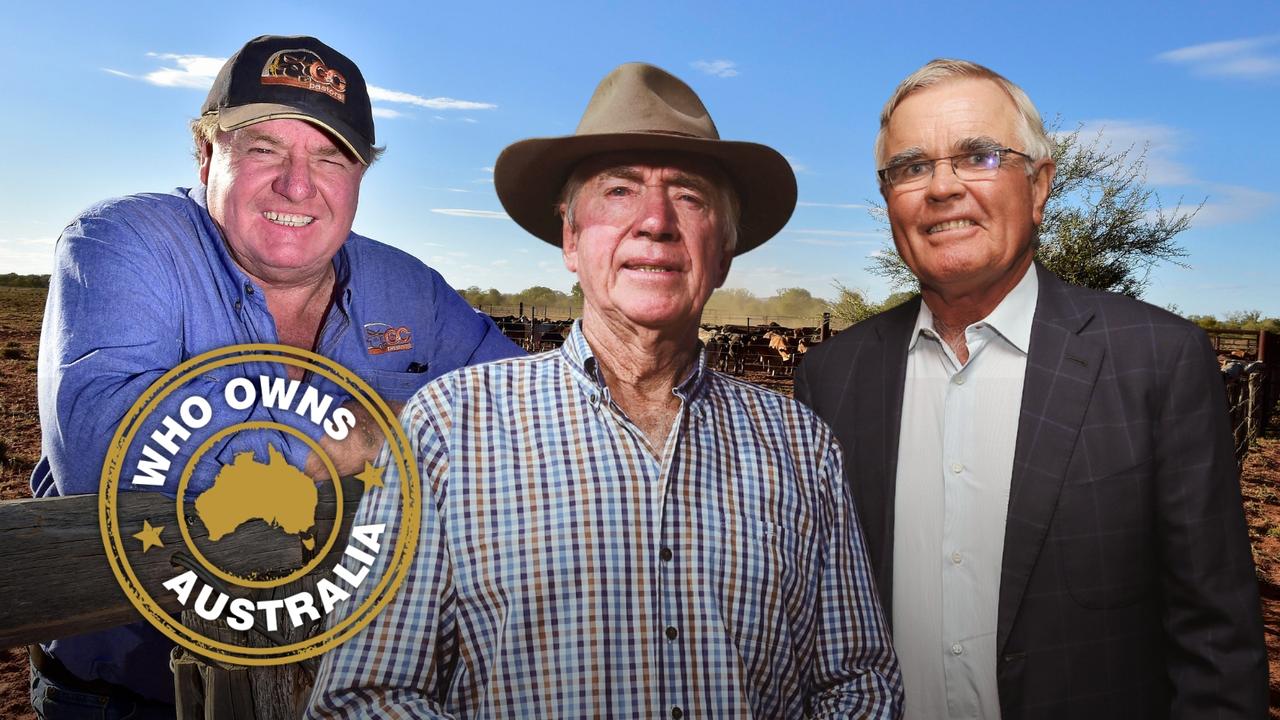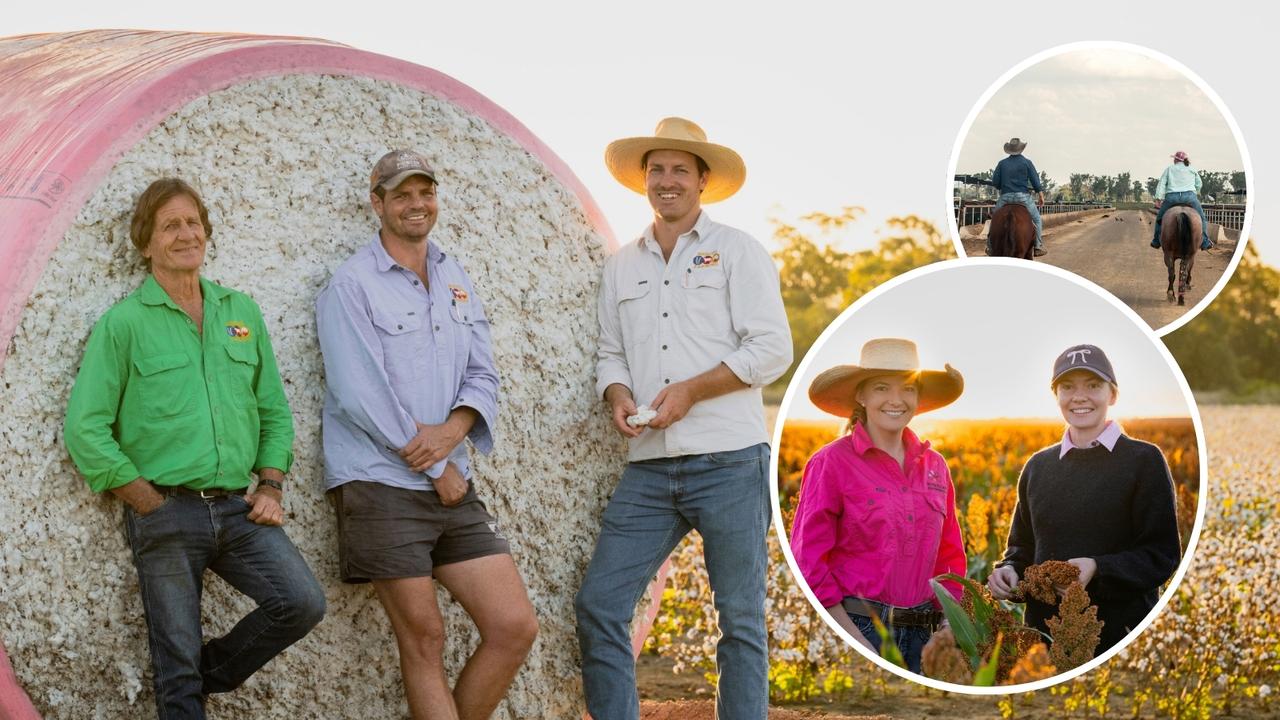Mutooroo Station: James Morgan on his Mutooroo Pastoral Company empire
In South Australia’s rugged North East, James Morgan oversees a pastoral empire that has not just survived, but thrived.
South Australia’s North East pastoral region can be unforgiving at times.
Over the years, the harsh landscape straddling the NSW border has derailed many a grazier’s plans to make a quick dollar having misjudged the boom-or-bust nature of farming in this part of world.
“History is riddled with pastoralists that have bought at the high of the market and sold at the low,” James Morgan explains as he negotiates his four-wheel-drive around puddles of water from recent rain along the dirt road leading into Mutooroo Station – the jewel in the crown of the Mutooroo Pastoral Company empire, which now occupies more than 2.1 million hectares of land. “Our business model has been more sustainable – and we’ve survived.”
Not just survived but, it appears, thrived. Owned by the Morgan and Wells families, whose forebears founded the company in 1868, Mutooroo Pastoral can count itself among Australia’s biggest landholders and wool growers running 80,000 Merino sheep and 7000 cattle across five stations the size of El Salvador.
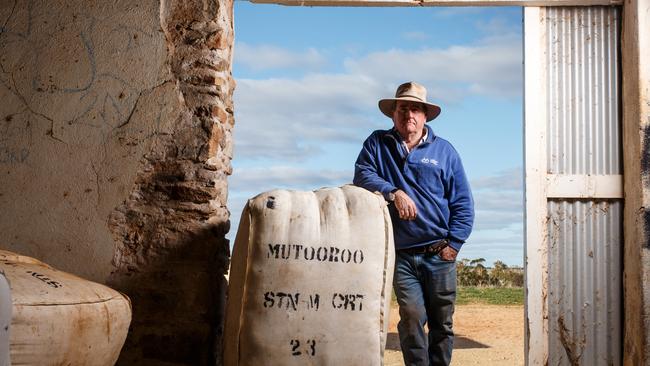
The secret to the company’s longevity is simple: do the basics well. And, as Morgan points out, there’s plenty to be optimistic about. For one, it’s mid-June, and widespread rain a week earlier has buoyed the spirits of local pastoralists, setting them up to counter a forecast drier remainder of the year.
The rain delivered up to 60mm across Morgan’s pastoral empire, which comprises the Mutooroo (250,300 hectares) and Quinyambie (1.2 million hectares) stations west of Broken Hill, Mulyungarie (336,000 hectares) at Cockburn, and the Lilydale-Manunda aggregation (161,000 hectares) south of Yunta.
“We came off a very good spring and summer – we had a lot of feed here anyway but the thing with this rain is that it’s brought the green, fresh stuff up from underneath, which makes it very palatable with lambing ewes – so their milk supplies will really rocket now,” Morgan says. “That’s the funny thing about this country – one strategic rain can actually almost dictate the outcome of a season.”
But just like poet Henry Wadsworth Longfellow’s famous girl with a curl, in South Australia’s pastoral zone when the season is good, it’s very, very good but when it is bad it can be horrid. And memories of the most recent, heartbreaking drought that stretched from 2018 to 2020 still linger for Morgan.
“People can’t believe this figure but going into that drought we had between 60,000 and 70,000 sheep, and we finished with 15,000 – and that was only because we lambed down a heap of ewes up at Goodooga (in NSW),” he says. “It was the first time we had ever done agistment in our history. We started the drought with 11,000 cattle and finished with 500. It was a shocking period.”

Morgan’s ancestry book reads like a who’s who of South Australian pastoral royalty. On his paternal side, he is a descendant of Scottish immigrant Peter Waite, who opened up significant tracts of pastoral land in South Australia, founding Mutooroo Pastoral Company in 1892, and went on to serve as chairman of pastoral house Elders for almost a quarter of a century. On the maternal side he is a descendant of the Maclachlan family of Jumbuck Pastoral Company fame.
Morgan was born and raised in Adelaide where his father was a senior solicitor and, like many members of his family, held shares in the Mutooroo business.
“We started coming up here when I was a kid, just as visitors and I kind of got captivated by it,” Morgan says. “I then had the realisation that I wanted to be a pastoralist.”
With that in mind, after Morgan left school he worked as a jackaroo for two years on Wyvern Station at Carrathool in the NSW Riverina, owned by another pastoral giant in TA Field Estates.
After Wyvern, Morgan attended agricultural college at Glenormiston in Victoria. Just days before his 21st birthday in 1982 he came home to the family business to run Lilydale after a manager had resigned in the middle of a drought. Three years later, he took on the larger Mulyungarie, “a neat million acres”, running it for 11 years. During that time, with the family having consolidated the number of shareholders to just two, he was appointed company general manager. Morgan now reports to a seven-member board comprising siblings and cousins, as well as an independent chairman, and oversees up to 30 staff spread across the five stations. He works on the theory that to make money, you’ve got to spend money.
“We are a production-based company, we are not penny pinchers,” he says. “We watch our costs very carefully but we are very focused on spending money to make money in a production sense. We’ve got hundreds of kilometres of fencing and water pipelines, which we are constantly upgrading.
“We put a lot of capital into our properties – we don’t run infrastructure down.”

Wool is the bread and butter of the business. Mutooroo and Lilydale-Manunda are sheep-only operations with Mulyungarie running both sheep and cattle and Quinyambie, which was purchased from pastoral icon S Kidman and Co in 2010, solely a beef operation.
Morgan is a passionate Merino man. For the past 10 years he has been a director with Australian Wool Innovation (he will step down in November having served a maximum 10 years).
“It is very easy for people to lose faith in the wool industry because of the shearer (shortage) issue and one has to be careful not just to have blind faith in it,” Morgan says. “But the thing about the Merino is that it is a dual-purpose product and it is very what I’d call renewable … they regenerate really quickly, particularly out of droughts.
“Our sheep recovery has been way quicker than our cattle recovery. I don’t think anyone would dispute that. With cattle, if you’re buying in young females, you’ve got over two years as a recovery – it’s about 28 months before you see a return.”
The Merino enterprise includes an in-house stud started about 40 years ago, comprising about 1500 ewes that produce about 300 rams a year for use across the business. Each year the stud introduces five to 10 top-level sires from the renowned South Australian Collinsville and Ashrose studs.
Lambing usually kicks off in May with shearing in October and November at Mutooroo and March-April at Lilydale-Manunda and Mulyungerie. Adult ewes cut 5.5-7kg of wool, which ranges from 18 to 22 micron. The cattle herd is predominantly Poll Hereford with numbers totalling about 6500-7000 currently. Offspring are generally sold to feedlots or through the Dubbo saleyards.
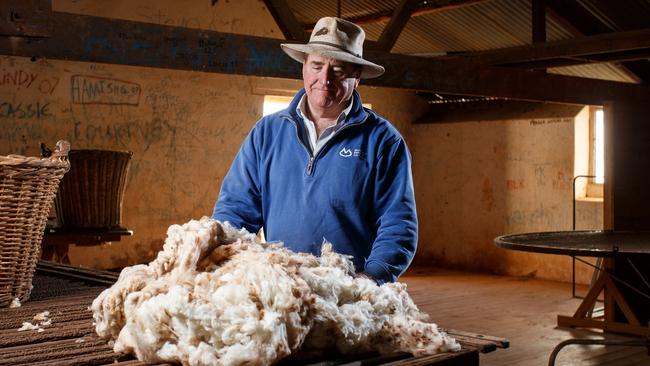
Staff are integral to the success of the operation. There’s a head office in Adelaide and anywhere from 20 to 30 staff working on the stations at any one time.
Morgan says they’ve put significant efforts into recruitment and retention. Each year they sponsor two scholarships to Marcus Oldham agricultural college at Geelong, with the recipients often working at Mutooroo during their second-year practical placement.
“That has been a godsend,” Morgan says. “The past couple of years we’ve been getting a really good run of young ones. It has really snowballed for us despite the fact we’re isolated here – you’d think it would be impossible to get people.
“Once you get going a bit, these kids go back to unis and colleges and say ‘hey look, we had a lot of fun there’ or whatever. That might not last forever but it has been really refreshing after a long period where it was very difficult to find young staff. We were like everyone, we were really squeezed up – we had senior staff working probably way harder than they should have.”
Mutooroo has a number of long-term managers and station hands, including many second-generation employees. To retain good workers they provide incentives including bankrolling their aviation licences (Mutooroo has a fleet of small planes, among other things, to spot stock in relation to water sources).
Morgan also wants to get the next generation of Morgan-Wells family members more involved in the business. An annual family group visit is conducted to two properties each year where members – “all urban: mostly Adelaide, some in Brisbane and Melbourne” – learn the latest about the operation.
Morgan’s eldest son, Eddie, 32, has recently returned to the business after playing first-class cricket in Adelaide and working in the wine industry. “A very keen sheep man”, he oversaw the internal stud at Mutooroo for four years.
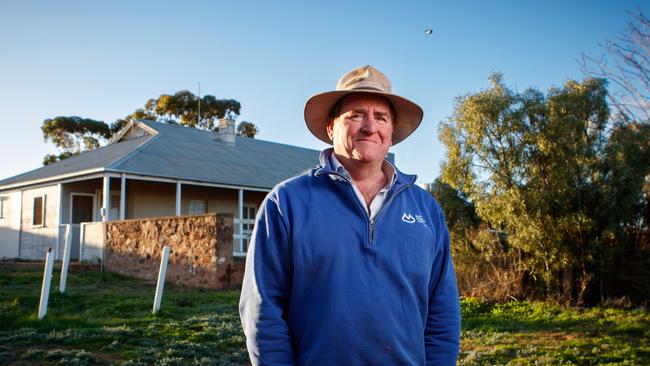
Morgan says as the family operated the company as “absentee landlords” for generations before he returned home he is aware of the need to make decisions for shareholders that “aren’t farmers, but like being a part of it”.
“We’ve got to provide dividends for them as well as keep their interests, but at the same time we’ve also got to develop the farming business because we think it is a good business model, and we are passionate about it too,” he says.
Morgan says to protect the business from outside interests, such as foreign raiders, now built into its constitution is a stipulation that only descendants of Peter Waite can purchase shares in the company.
The board, which also invests off farm in things such as ASX shares and residential real estate, is in the process of developing a strategy whereby shareholders can put shares on the market to the rest of the family twice a year. If no one takes them up the company then will have the option to purchase them back.
Morgan estimates the company would be valued between $70 million and $90 million, varying from year to year depending on seasonal conditions.
The stations are operated under a 42-year Crown lease with properties and vegetation inspected by authorities every 10-12 years. The lease dictates set stocking numbers with Quinyambie licensed to run a maximum 55,000 dry sheep equivalents, Mulyungarie 45,000, Mutooroo 40,000 and Lilydale 34,000. Stock numbers are required to be submitted to the South Australian government once a year.
Mutooroo Pastoral Company is about to undertake a detailed scoping survey to determine its position on carbon. Morgan says he’s concerned about a lack of expertise in Australia in determining “what is actually in the ground and above the ground” with most information currently obtained by satellite imagery.
“If we get carbon units, we will keep them to run us through droughts,” he says. “We won’t be selling unless we have an absolute fat surplus of them – which is unlikely. We’ve got five million acres of land – we can’t go tree planting, so it has got to come through management for us, and renewables.”

Looking forward, Morgan sees a strong future for wool once the shackles of Covid are properly released.
He says the pandemic, and a shift to more flexible work-from-home arrangements, had hurt the industry and taken the edge off demand for high-end woollen products.
“We just sold two clips in the past couple of weeks and they averaged around $1350 to $1400 a bale – I can run with that, and that’s fine, but we were at 2000 bucks a bale before Covid,” Morgan says. “I think wool in its own way will find another way through the gaps. There is always going to be a percentage of people globally that are going to want to wear it. We’ve just got to keep putting it up in front of them.”
Of more concern is the rate at which values for rural commodities such as beef and sheepmeat have shrunk in recent months.
“Last year the values were very high – that is not a surprise post-drought, it seems to be often the way,” he says. “There’s been a retraction in almost every commodity.”
As for future expansion plans, he can’t see future land acquisitions in the short term “unless some absolute crème de la crème property comes up alongside us and just we can’t resist it”.
“Then we’ll certainly have a crack,” he says. “We are of the opinion that we need to get all of our stock systems back on target post drought, get our profits back up again and then we’re ready to go again.
“We are already back in profit mode, but we like to be in a strong position before we go purchasing land.
“Never say never; we will certainly be looking for opportunities.”




